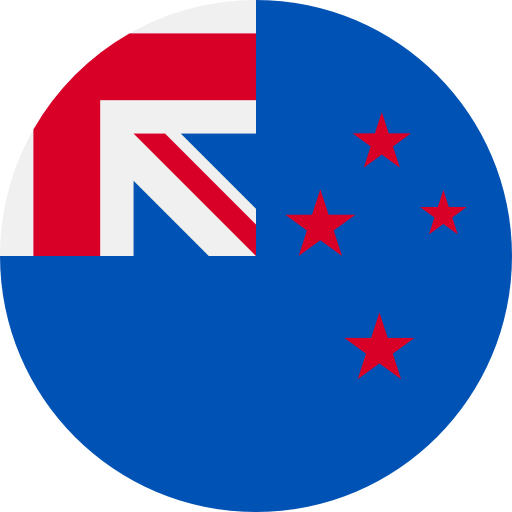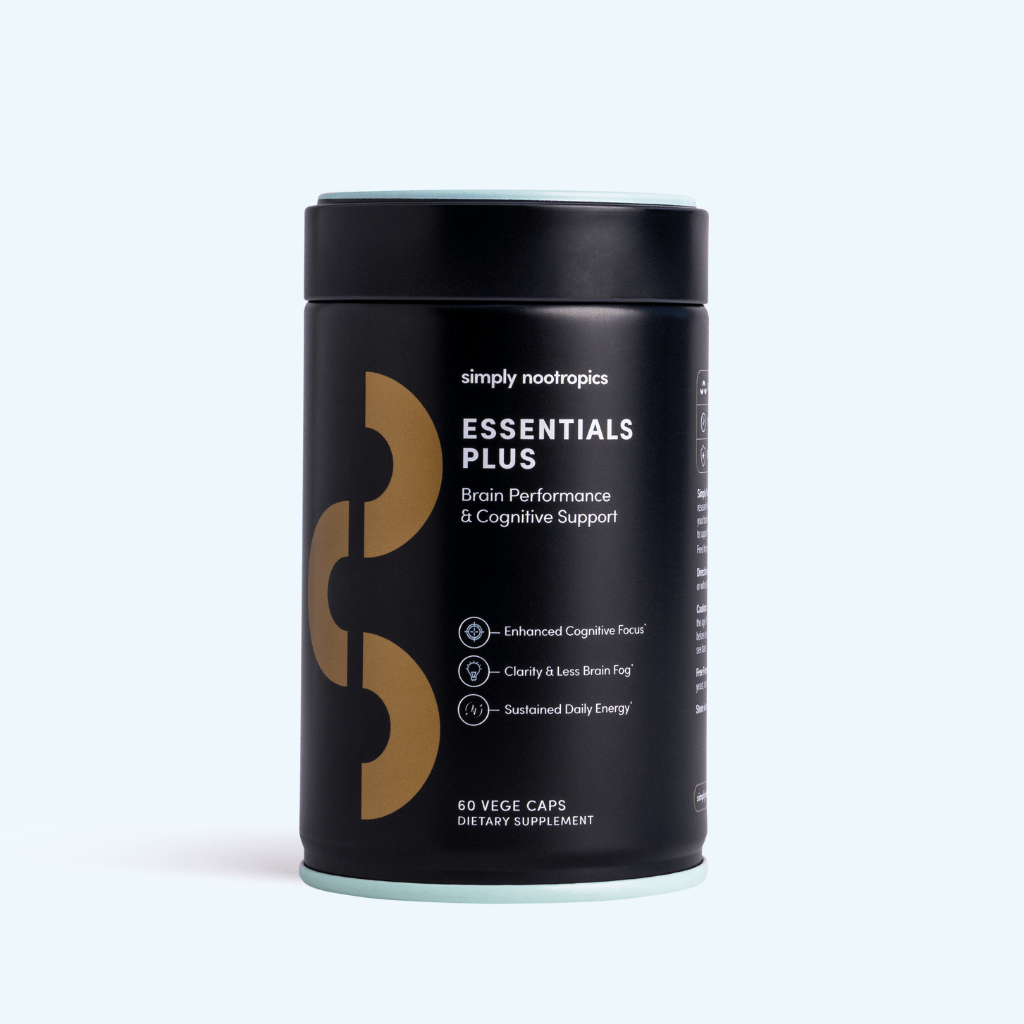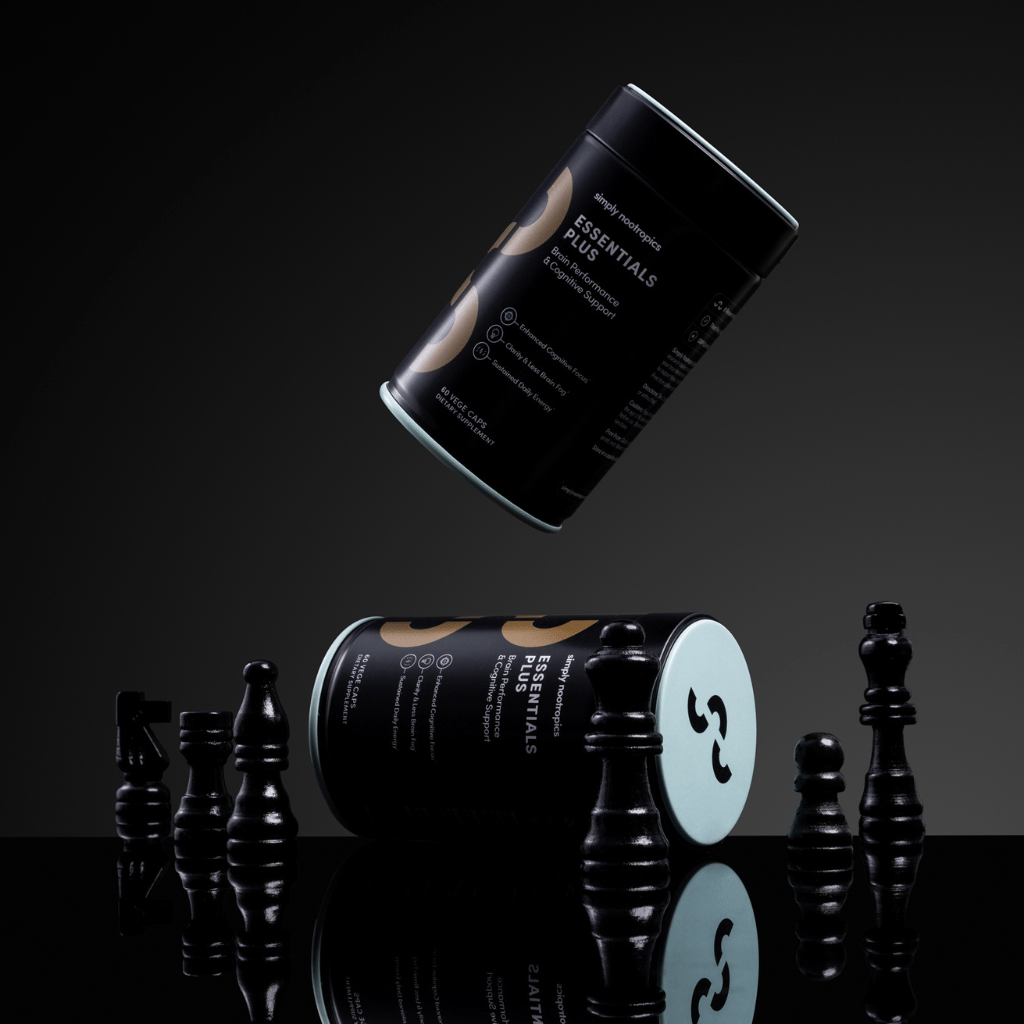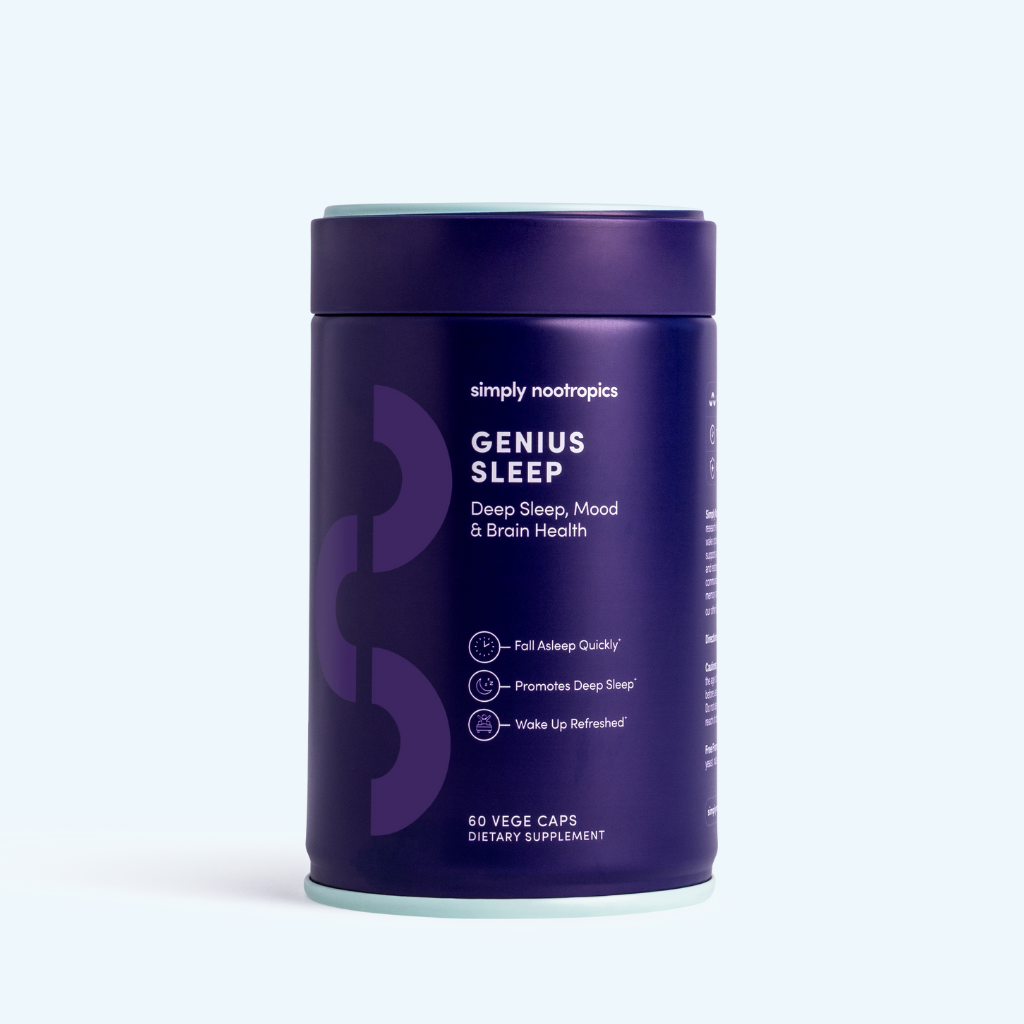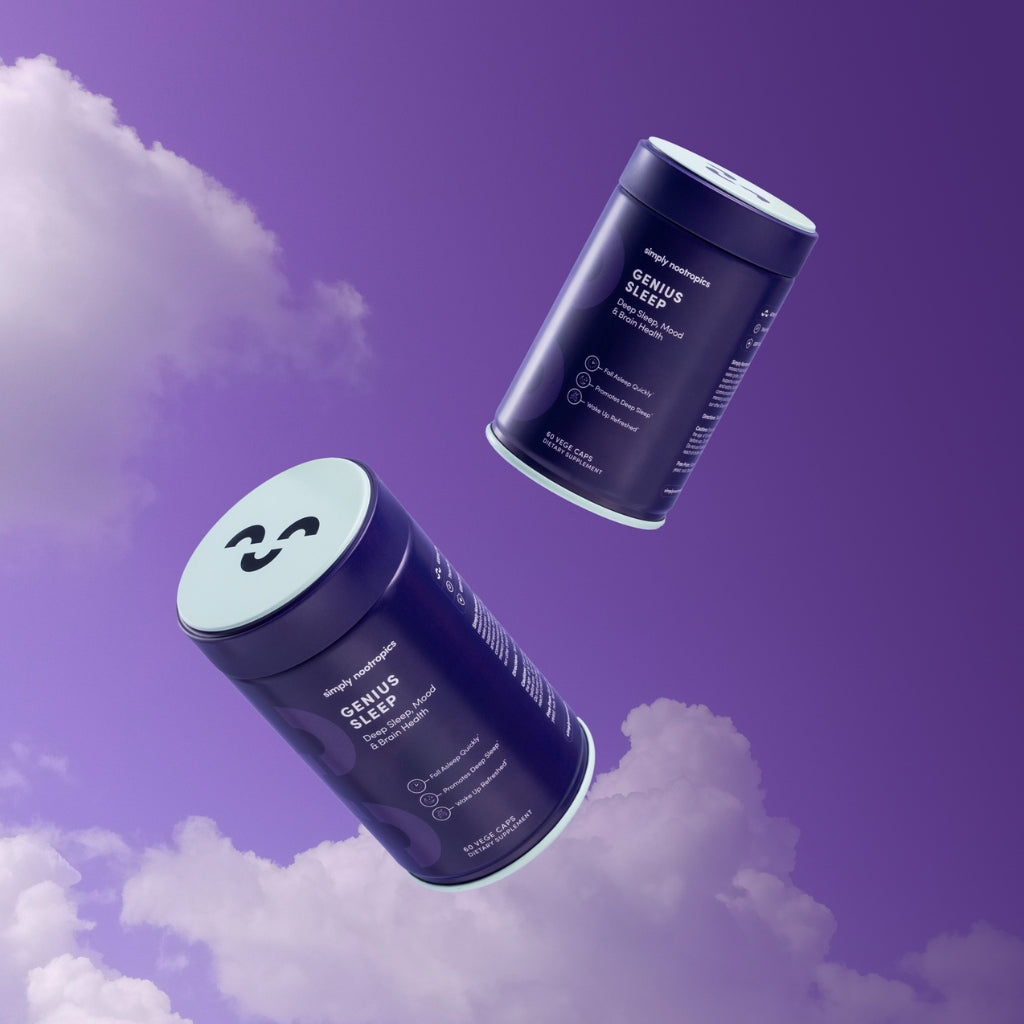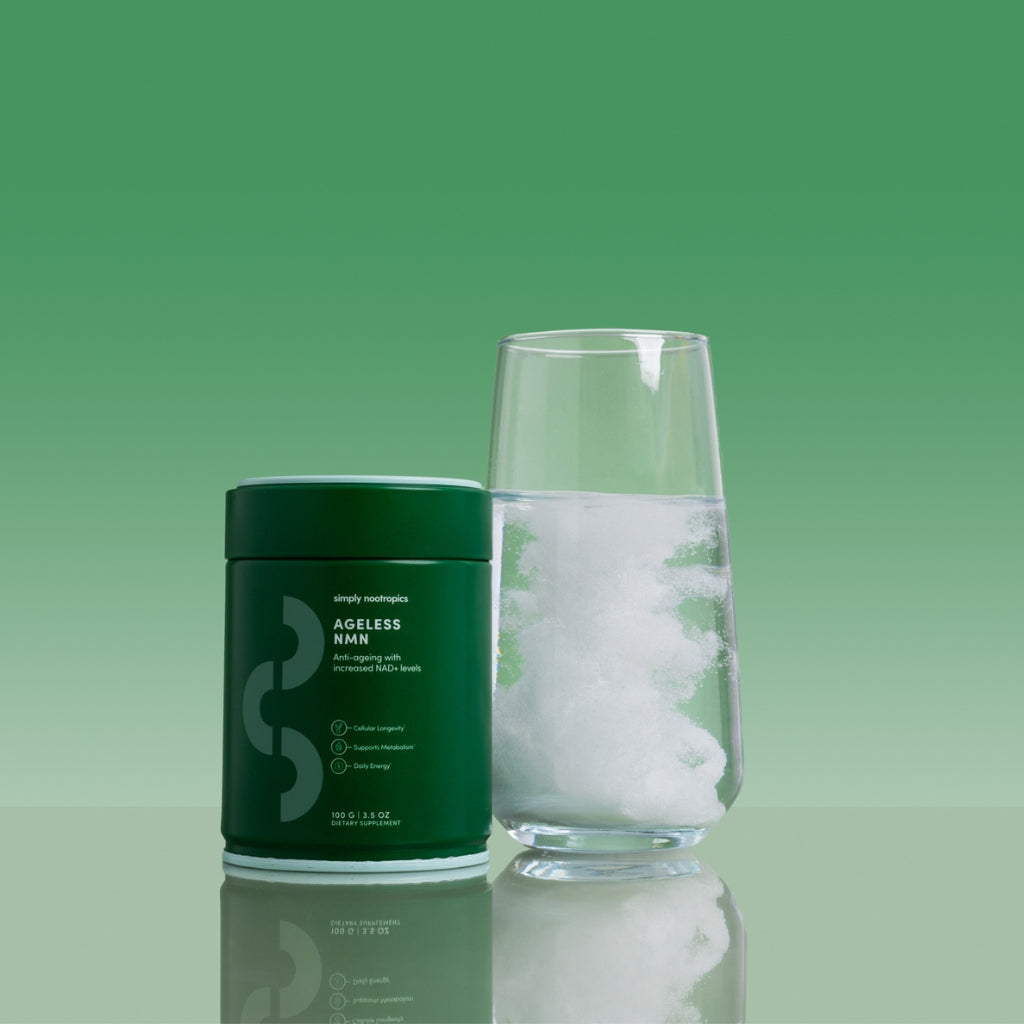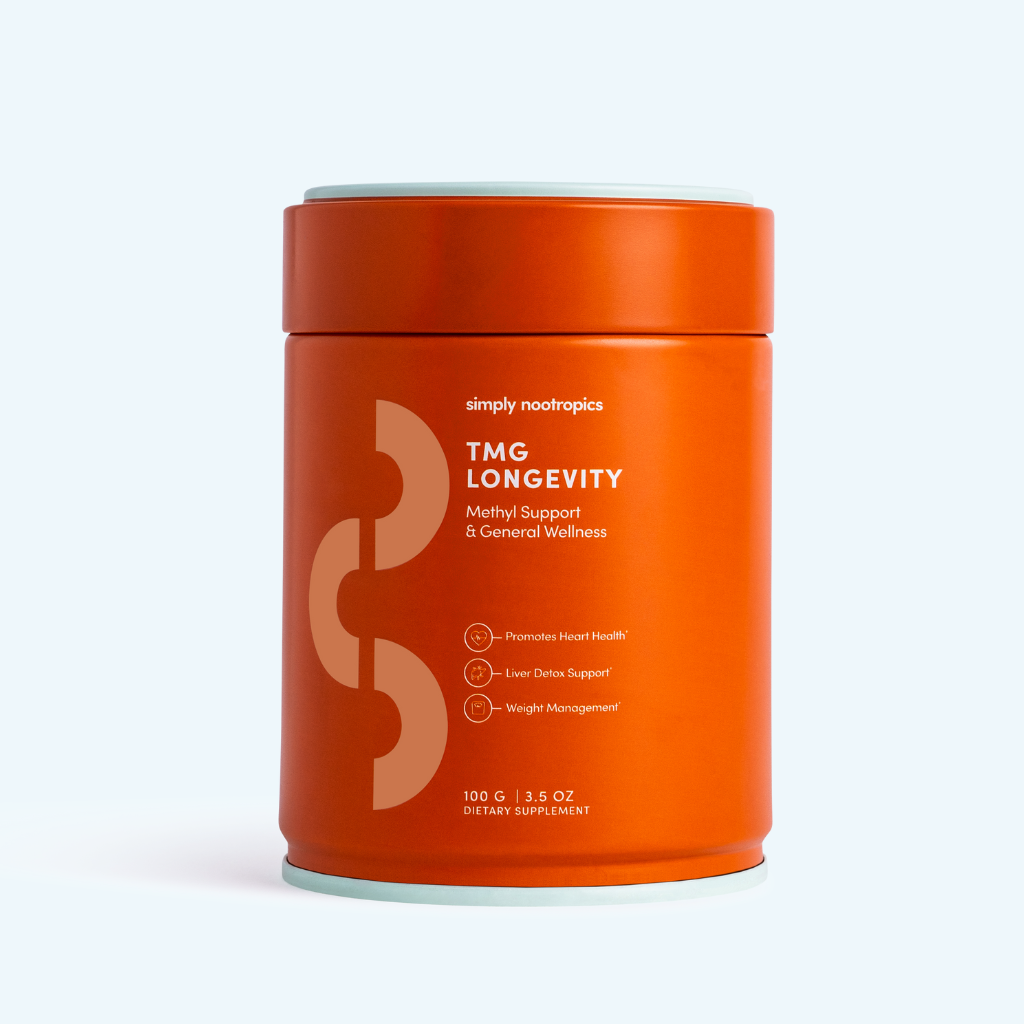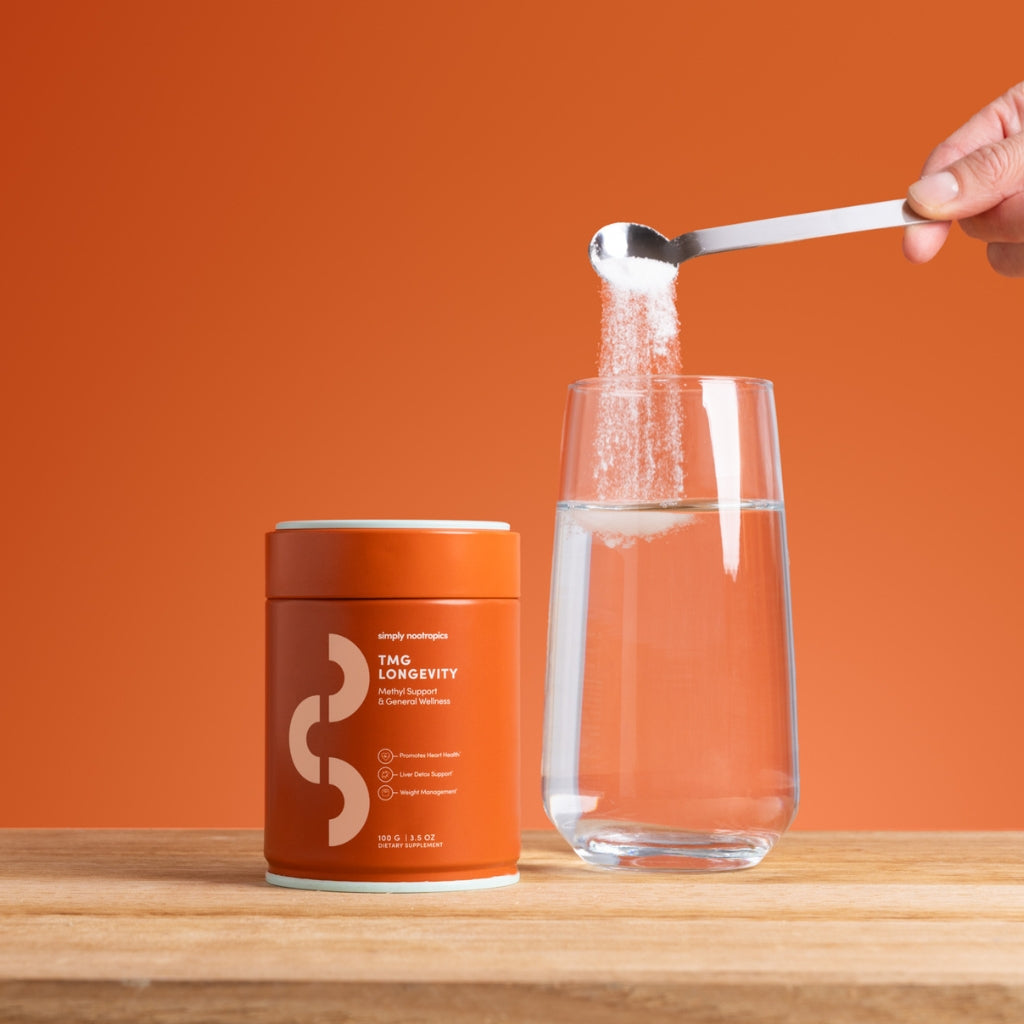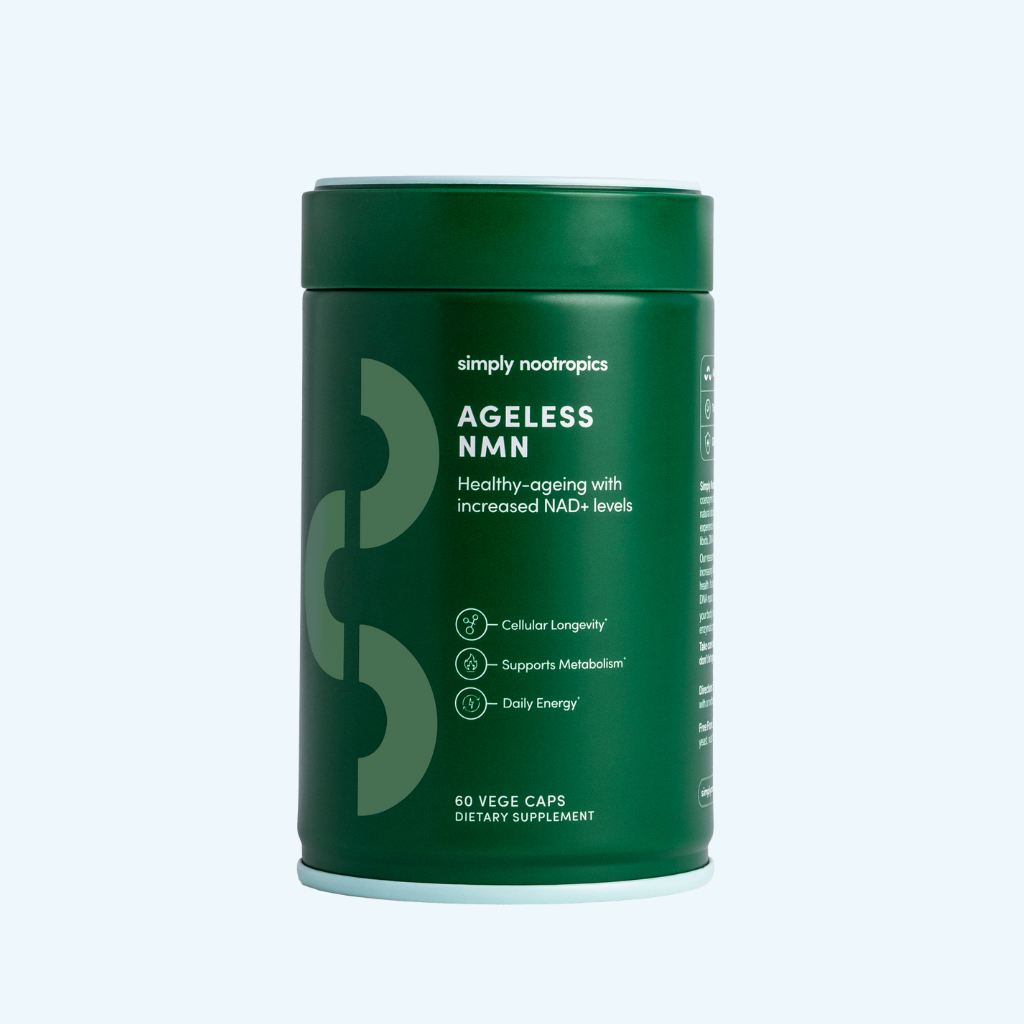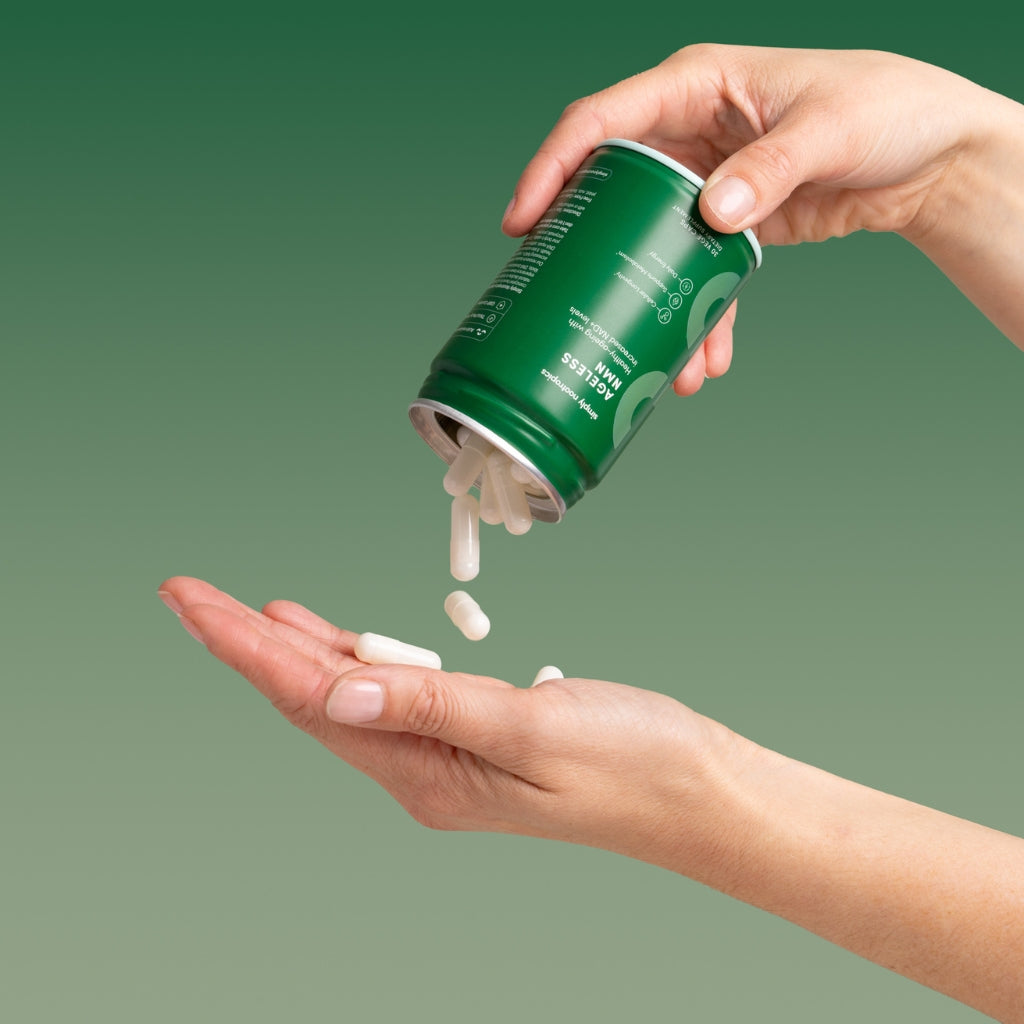Staying strong isn’t just about looking fit or feeling good in your favourite jeans. Nowadays, muscle strength is being recognised by experts as a powerful indicator of overall longevity. Forget obsessing over numbers on a scale or even your cholesterol: how well you can push, pull, and move might predict your health horizon much more reliably. Let’s dig into why muscle is emerging as the new longevity metric, what you can do today to protect yours, and why NMN is the latest science-backed ally for keeping muscles and cells energised for the long haul.
Muscle: More Than Movement
Your muscles don’t just carry you through the day, they also play a central role in your metabolism, hormone balance, and even immune health. From your early 30s onward, you start to lose muscle mass, a process called sarcopenia, which can accelerate with stress, sedentary habits, or certain health conditions. But the stakes go beyond just losing strength.
Recent research shows that lower muscle mass and poor muscle function are linked with higher risk of everything from cardiovascular disease to certain cancers and even dementia. Muscle helps regulate blood sugar, buffers against inflammation, and even supports bone density, making you more resilient to illness and injury.
The Science Is Clear: Muscle = Longevity
Large-scale studies have repeatedly found that grip strength, leg power, and muscle mass are among the strongest predictors of healthy ageing. In fact, grip strength alone has been called a “vital sign” by some geriatric specialists because it so reliably tracks with mortality risk, independence, and overall vitality.
For example, a highly cited British study from the UK Biobank, which looked at over 500,000 people, found that those with the weakest grip strength were more likely to die from nearly any cause compared to those with stronger grips, even when adjusting for other risk factors like body weight and physical activity. Similar patterns have been seen in populations around the world, from Asia to North America: muscle matters, no matter your background.
Why We Lose Muscle with Age
Muscle loss sneaks up on most of us. From our late 20s, we lose about 3–8% of muscle mass per decade, and the decline gets steeper past age 60. What’s causing this?
-
Changes in hormones: Testosterone and growth hormone, which help build and repair muscle, both drop steadily with age.
-
Declining cellular energy: Your muscle cells produce less NAD+, a critical coenzyme that fuels everything from energy production to DNA repair.
-
Less activity: As careers, family, or injuries pile up, many people simply move less, which further accelerates muscle loss.
-
Nutrition gaps: Aging bodies don’t absorb protein and other nutrients as efficiently.
Why Should You Care Now?
Muscle isn’t just a “senior” or athletic issue, it’s an everyone issue. Losing muscle mass as you age can cause:
-
Slower metabolism: Easier weight gain, tougher weight loss.
-
Weaker immune system: More prone to infections and slower recovery from illness or surgery.
-
Greater risk of falls and fractures: Loss of balance and strength can turn minor accidents into life-altering events.
-
Brain fog and fatigue: Your muscles are crucial for producing energy and clearing waste from your body, both of which support mental sharpness.
The NAD+ Connection
One insight from longevity scientists? Muscle loss is tangled up with declining cellular energy. This is where NAD+, nicotinamide adenine dinucleotide, comes in. As NAD+ decreases, so does your body’s ability to repair damaged cells, produce energy, and turn on key longevity genes. Muscles are among the tissues most sensitive to changes in NAD+ levels.
But NMN (nicotinamide mononucleotide) can help. By supplying your cells with NMN, you help them make more NAD+, which can directly support muscle function, energy, and recovery, even as you age. Supplementing with Ageless NMN can help maintain robust NAD+ levels so your muscles stay stronger and more resilient for years to come.
Building Muscle for Life: Steps to Start Now
Staying strong doesn’t require extremes, it’s all about steady, sustainable habits.
1. Prioritise Protein
Protein isn’t just for gym buffs. Losing muscle mass as you age means that your body becomes less efficient at turning protein into muscle. Aim for 1.2–1.5g per kilogram of body weight daily, spaced throughout your meals. High-quality animal and plant sources (fish, eggs, beans, Greek yogurt) all count.
2. Resistance Training Is Non-Negotiable
Lifting weights, using resistance bands, or even doing bodyweight moves (squats, push-ups, lunges) sends a signal to your muscles: grow, repair, and stay strong. You don’t need to spend hours: in fact, 2–3 full-body sessions each week can make all the difference.
3. Move More, Sit Less
Incidental movement matters. Take the stairs, walk between meetings, or sneak in quick home workouts. Keeping muscles active keeps them well-nourished: every rep and step add up.
4. Mind Recovery
Muscle isn’t built in the gym; it’s built during recovery. Prioritise sleep, manage stress, and hydrate. Chronic stress and lack of rest sabotage your ability to gain, and keep, muscle.
5. Fill Nutrition Gaps
Deficiencies in key nutrients like vitamin D, magnesium, omega-3s, and creatine can all impact muscle health. Get regular check-ups, and fill gaps with high-quality supplements if needed.
6. Support Your Cellular Energy
As cellular NAD+ drops, so does muscle function. Ageless NMN helps replenish this fundamental molecule, giving your cells the support they need to repair, renew, and keep your muscles going.
Looking Ahead
The next wave of longevity science is clear: how much muscle you have now, and how well you keep it, matters more than almost any other marker for aging well. It’s not just about “adding years to your life”, it’s about adding more life to your years.
You could be in your 30s and want to maintain momentum, or you’re already noticing the subtle creep of muscle loss, but it’s never too late to take action. The habits you build now protect your independence, energy, and vitality for decades to come.
As researchers keep uncovering new links between cellular energy, muscle, and aging, products like Ageless NMN become increasingly important allies in your wellness toolkit. By supporting your body’s own repair processes and buffering against the silent drop in NAD+ that comes with age, Ageless NMN offers an easy way to keep your muscles, and your whole self, strong for whatever comes next.
